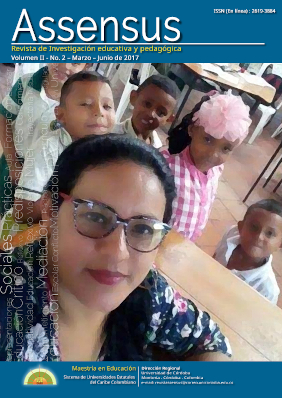Development of Critical Thinking Skills in the Social Sciences through the implementation of graphic organizers in rural middle education
Desarrollo de habilidades de pensamiento crítico en las ciencias sociales a través de la implementación de organizadores gráficos en la educación media rural.
The Assensus journal has a Creative Commons license. The citation, use and partial or total reproduction of the contents is authorized by citing sources. For more information, see https://creativecommons.org/licenses/by-sa/4.0/deed.en
Show authors biography
This article presents an investigation that bet on the implementation of graphic organizers, the "V" Heuristic and the Tram-Problem-Solution (TPS), as an intervention strategy to develop critical thinking skills in 9th grade to 11th grade students in rural public education. The Methodological design was based on Action Research modality (I.A), with a perspective oriented to the Change from the Intervention, typical of the Qualitative Paradigm in its Social Critical approach. The theoretical background is based on the Cognitive Theories of Learning, the definition and the sixth intellectual skills of Critical Thinking identified by the Panel of Experts for the Delphi Report; and the theory of graphic organizers related to Visual Learning, based on the principles of Problem Based Learning (PBL). The techniques used in the collection of the information were: Participant Observation, the Discussion Group and the Deep Interview structured around eight categories of analysis. The test, from Felder and Silverman learning styles and the written tests in class were key instruments for the data collection which was processed in Excel. In addition, for the analysis of the information and the data correlation was used the Atlas-ti software. Where, Positive results were obtained that demonstrated the possibilities to develop critical thinking skills when there is a willingness to learn to learn.
Article visits 3884 | PDF visits



